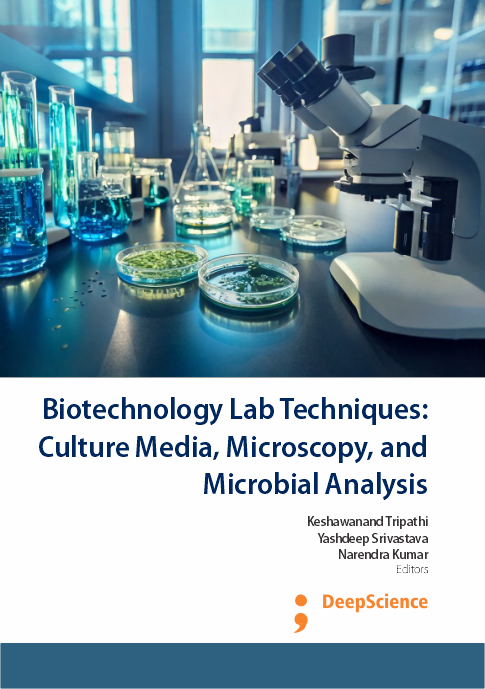Influence of pH on microbial growth: Mechanisms, adaptations, and industrial implications
Synopsis
Free-living prokaryotes exhibit remarkable pH adaptability, thriving across a broad pH spectrum, accommodating changes in [H+] spanning three pH units, equivalent to a thousand-fold difference (Padan, 2005). Understanding an organism's pH requirements for growth entails assessing three pivotal factors: the lowest pH conducive to growth, the highest supportive pH, and the pH favoring optimal growth. Bacterial growth rate patterns exhibit distinct trends as pH fluctuates. Growth rates rise steadily from the minimum to the optimum pH, declining thereafter towards the maximum pH, reflecting the influence of changing [H+] on enzymatic reaction rates. Microorganisms inhabiting acidic environments (pH < 7.0) are termed acidophiles, while those favoring neutral pH are neutrophiles; alkaliphiles thrive in alkaline conditions (Pelczar, 1993; Yadav et al.,2016; Tripathi et al., 2013)














